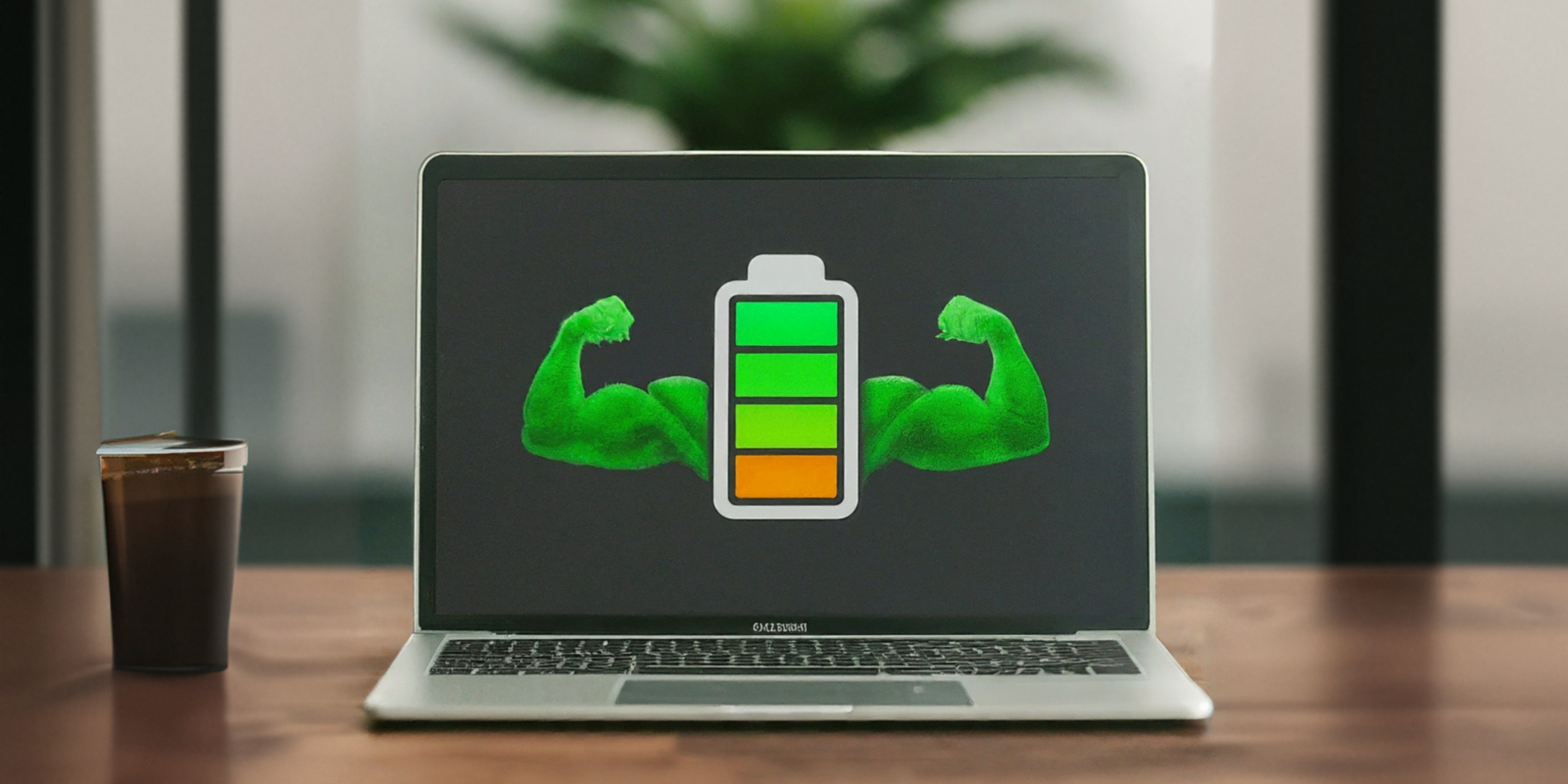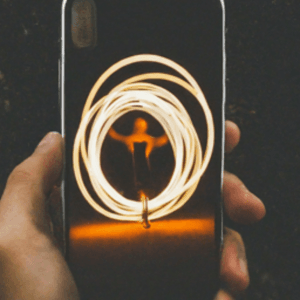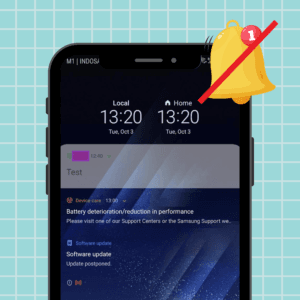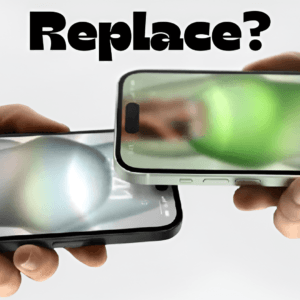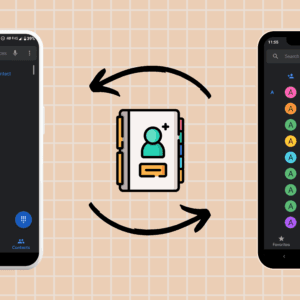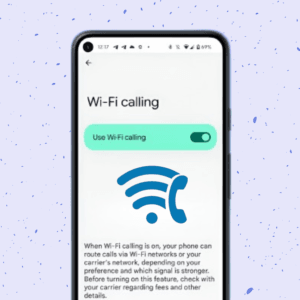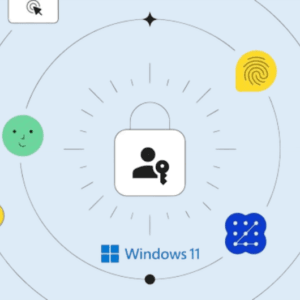Whether working remotely, traveling, or just wanting to avoid being tethered to a power outlet, learning how to increase laptop battery life on Windows is essential. Here are some effective tips and tricks to help you squeeze every drop of juice from your laptop’s battery in Windows 10 and 11.
Method 1: Adjust power and sleep settings
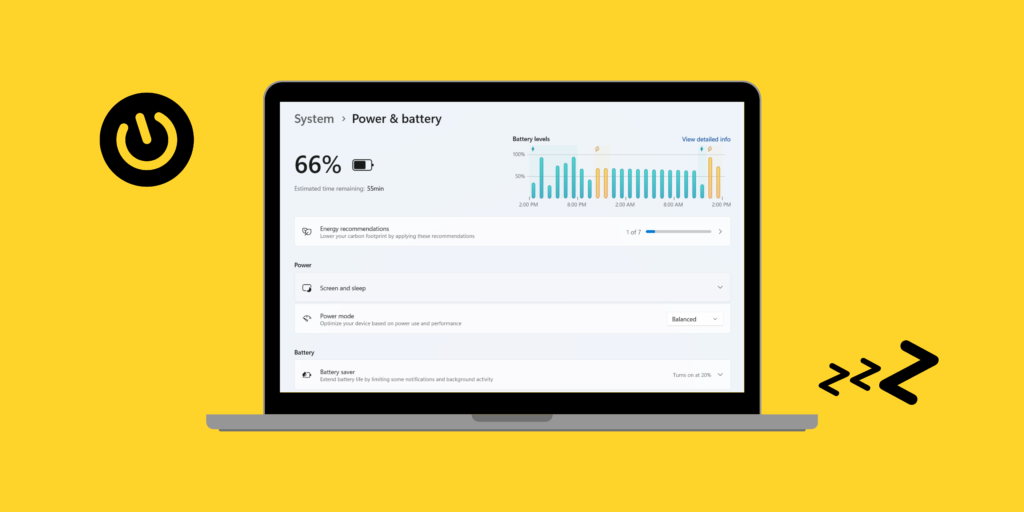
Optimizing your laptop’s power and sleep settings is the first step to extending battery life. When your laptop is set to a power-efficient mode, it minimizes power consumption by turning off unnecessary components such as the USB ports, Bluetooth, and background apps, and adjusting performance levels.
By using battery saver mode, choosing an energy-efficient power plan, and tweaking the sleep and screen settings, you can significantly reduce energy use, directly translating to longer battery life. This method tackles the issue by addressing the most common power drains and putting your system in a mode that’s designed to conserve energy whenever possible.
Use battery saver mode
Empower your laptop’s battery life with the convenience of battery saver mode. It efficiently limits background activity and push notifications, ensuring that your laptop only uses essential power.
Enabling this mode on your laptop automatically adjusts settings to reduce energy consumption, such as lowering screen brightness and disabling app background sync. However, it may also limit the performance of some apps and delay notifications. This method is particularly useful when stretching your battery life during critical times, as it prioritizes essential functions over less important processes.
1. Open the Settings app by pressing Windows + I.
2. Go to System and select Battery.
3. Toggle on the Battery saver.
Change power plan settings
Choose the right power plan to manage your laptop’s battery life. Plans like the ‘Power saver’ mode are specifically designed to reduce your laptop’s power consumption by adjusting the performance and screen brightness.
Switching to a more energy-efficient power plan ensures that your laptop uses the minimum amount of power necessary to function, which can significantly increase battery longevity. By fine-tuning these settings, you directly address unnecessary energy usage, thus prolonging battery life.
1. Open the Control Panel by typing it into the search bar and selecting it.
2. Go to Hardware and Sound and select Power Options.
3. Choose a power plan that saves energy, like a Power saver.
Modify sleep and screen settings
Reducing the time it takes for your laptop to go to sleep and dimming the screen can also help. These settings ensure that your laptop doesn’t consume power unnecessarily when it’s not in use.
Setting shorter durations for screen off and sleep mode activation, you minimize the amount of time your laptop stays active without input. This proactive approach can prevent a significant amount of energy waste, thereby extending your battery life.
1. Launch Settings by clicking on the Start menu and selecting the gear icon.
2. Head to System and choose Power & sleep.
3. Adjust the Screen and Sleep settings to lower times.
Also read: How to fix Getting Windows ready stuck in Windows 10 and 11.
Method 2: Manage background apps
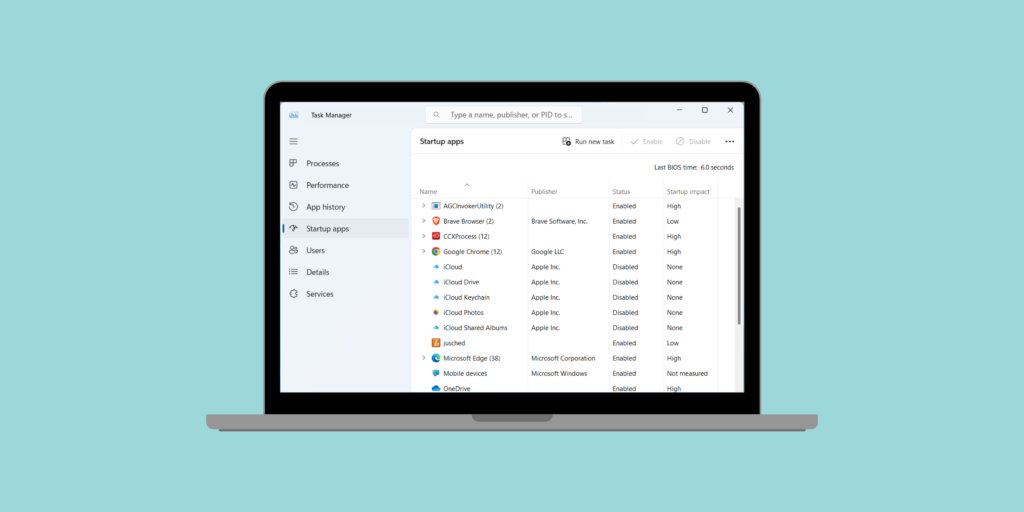
Background apps can drain your laptop’s battery, consuming resources even when you’re not actively using them. Managing and limiting these background activities can significantly reduce unnecessary power consumption.
This method involves identifying and disabling unnecessary startup programs and limiting background apps, ensuring that your laptop’s resources are only used for essential tasks. This targeted approach helps to optimize battery usage and extends your laptop’s battery life.
Disable unnecessary startup programs
Take control of your laptop’s power consumption by disabling unnecessary startup programs. This action can reduce the load on your system during startup and throughout your session, giving you more control over your laptop’s performance and battery life.
This speeds up your laptop and conserves battery life by ensuring that only essential applications are running. This method addresses the problem of hidden power drains and optimizes your system for better battery performance.
1. Press Ctrl + Shift + Esc on your keyboard to open the Task Manager.
2. Navigate to the Startup tab, right-click on unnecessary programs, and select Disable.
Limit background apps
Limiting the number of apps running in the background can further enhance your battery life. Background apps often perform tasks like updating content or syncing data, which can drain your battery.
Turning off the apps you don’t need running in the background ensures that your laptop’s resources are dedicated to more important tasks, thus conserving energy and prolonging battery life. This method directly targets non-essential background processes to maximize battery efficiency.
1. Open Settings by pressing Windows + I.
2. Choose Privacy and navigate to Background apps.
3. Toggle off the apps you don’t need running in the background.
Method 3: Optimize display settings
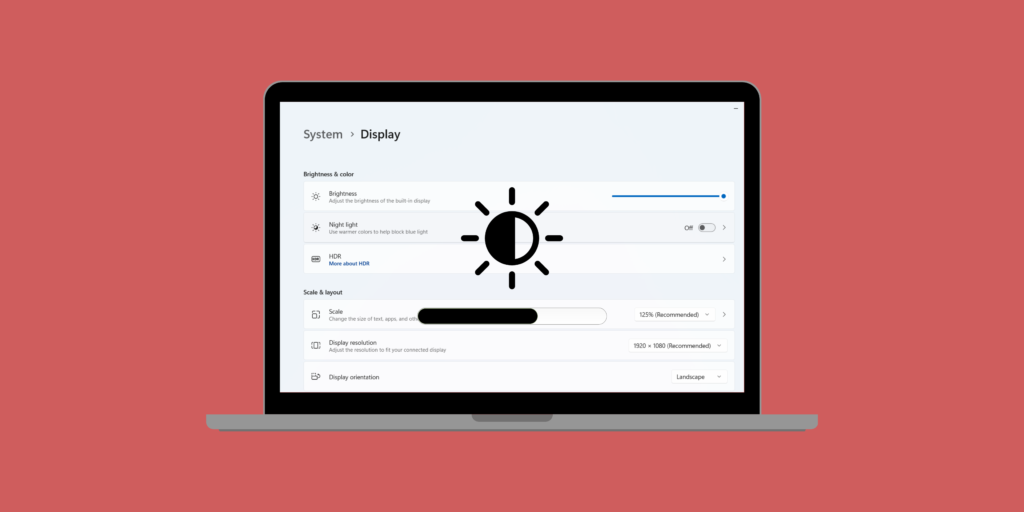
The display is one of the most power-hungry components of your laptop. Optimizing your display settings can have a significant impact on extending battery life. Furthermore, by reducing screen brightness, using dark mode, and turning off the keyboard backlight, you can minimize the energy consumed by your display and other related components.
This method addresses the direct energy consumption of your laptop’s display, making it a highly effective way to conserve battery life.
Reduce screen brightness
Take responsibility for your laptop’s battery life by reducing the screen brightness. A bright screen drains the battery quickly, but lowering the brightness reduces the power required to illuminate the display, which can significantly extend battery life.
It is one of the simplest yet most effective ways to conserve energy, as the display is often the largest single power consumer on a laptop.
1. Head to Settings by pressing Windows + I.
2. Choose System and select Display.
3. Adjust the Brightness slider to a lower level.
Use dark mode
Enlighten your understanding of power consumption by using dark mode. This mode can reduce the power consumption of your display, especially on OLED screens where black pixels are turned off, consuming less power. By switching to dark mode, you reduce the strain on your eyes and save battery at the same time, making it a win-win situation.
1. Launch Settings by clicking the Start menu and selecting the gear icon.
2. Go to Personalization and select Colors.
3. Choose Dark under Choose your default app mode.
Turn off the keyboard backlight
If your laptop has a backlit keyboard, turning it off can save power. Although convenient, the backlight consumes additional battery power. Disabling it, especially when it’s not needed, can extend your laptop’s battery life. This small adjustment can have a noticeable impact on your overall power consumption.
1. Look for a key on your keyboard that has a backlight icon, usually one of the function keys.
2. Press the function key with the down arrow key to toggle the backlight off.
Method 4: Optimize system performance
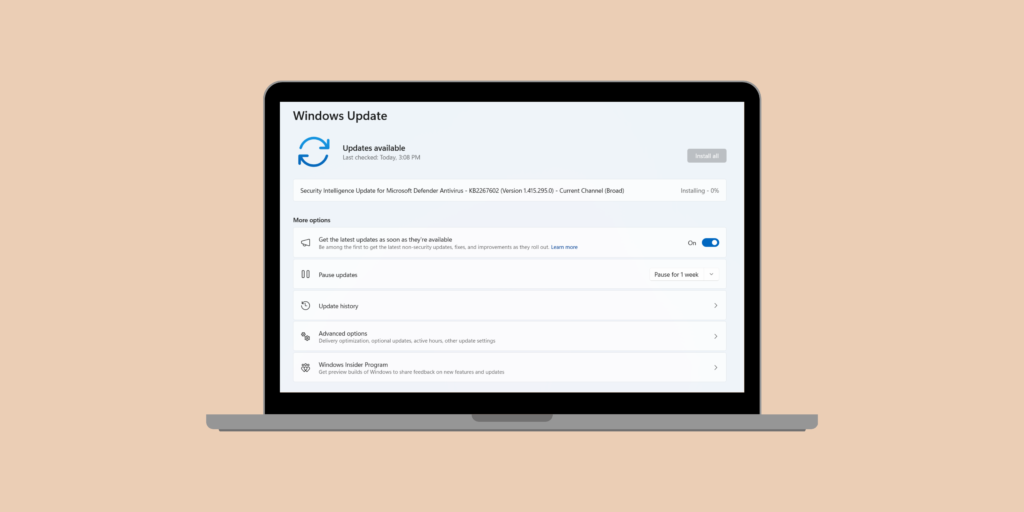
Keeping your system running efficiently is crucial for extending battery life. Optimizing system performance involves updating Windows and drivers and using an SSD instead of an HDD.
These actions ensure that your laptop runs smoothly and consumes less power. An updated system with efficient hardware reduces the overall strain on your battery, helping to increase laptop battery life on Windows by maintaining optimal performance.
Update Windows and drivers
Keeping your system and drivers up to date can improve efficiency. Updates often include performance improvements and bug fixes that can help your laptop run more efficiently, thereby conserving battery power. By ensuring your system is up to date, you address potential issues that could unnecessarily drain your battery.
1. Go to Settings by pressing Windows + I.
2. Choose Update & Security and select Windows Update.
3. Finally, click Check for updates.
Also read: How to turn off automatic updates on Windows 11.
Use SSD instead of HDD
SSDs are more power-efficient than traditional HDDs. They have no moving parts, which means they require less power to operate. Upgrading to an SSD improves your laptop’s performance and significantly extends battery life by reducing power consumption. This method addresses the hardware aspect of power efficiency, providing a long-term solution for better battery life.
Also read: How to format Hard Drive and SSD in Windows 11
Method 5: Manage connectivity options
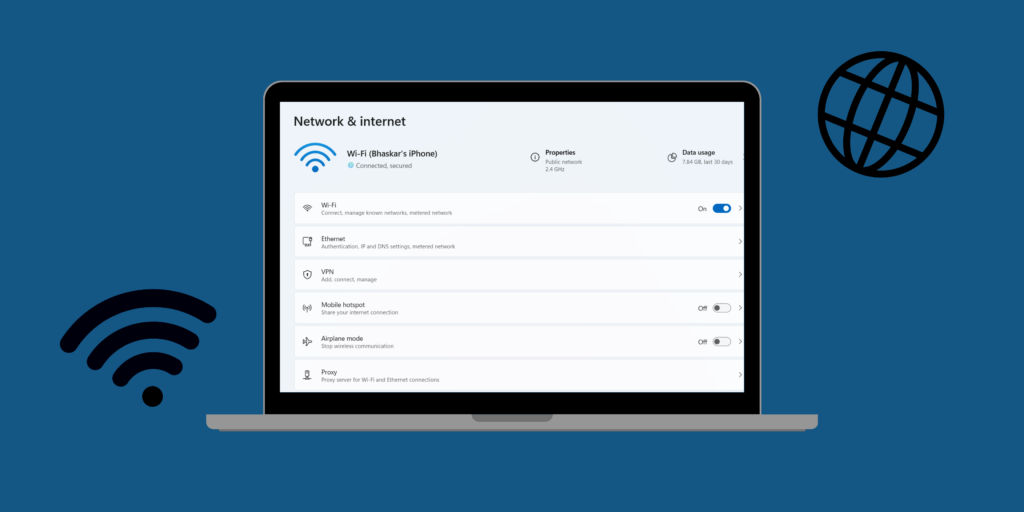
Managing your laptop’s connectivity options is another effective way to conserve battery life. Wireless features like Wi-Fi, Bluetooth, and location services can consume significant power, even when not in active use.
Turning off these features when they’re not needed saves a considerable amount of battery. This method addresses the unnecessary power consumption from connectivity options, ensuring that your laptop’s battery lasts longer.
Turn off Wi-Fi and Bluetooth when not in use
Keeping Wi-Fi and Bluetooth on when not in use drains the battery. Turning these features off when you don’t need them can save power. This simple adjustment can significantly extend your battery life, especially if you’re not constantly using wireless connections.
1. Click on the Network icon in the taskbar.
2. Toggle off Wi-Fi and Bluetooth when not needed.
Disable location services
Disabling location services can also help save battery, as these services often run in the background, consuming power. Turning off location services ensures that your laptop only uses power for essential tasks, which can extend your battery life.
1. Open Settings by pressing Windows + I.
2. Navigate to Privacy and choose Location.
3. Toggle off Location services.
Method 6: Close unnecessary programs and processes
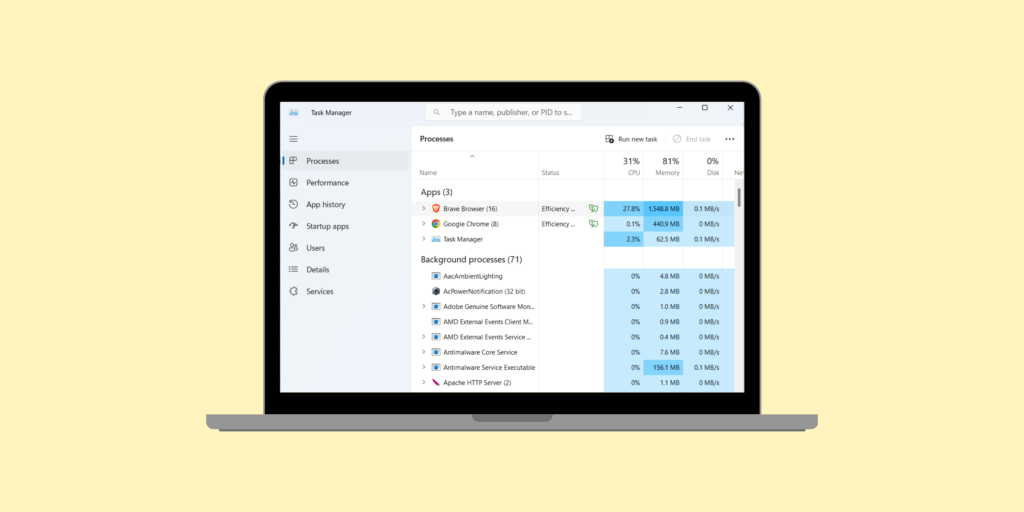
Unnecessary programs and processes running in the background can consume significant amounts of battery power. Additionally, by monitoring and closing these programs using Task Manager, you can ensure that your laptop’s resources are dedicated to the tasks that matter most. This method helps to increase laptop battery life on Windows by reducing the load on your system and preventing power wastage.
Task Manager monitoring
Regularly checking Task Manager allows you to identify and close programs that are unnecessarily consuming resources. This proactive approach ensures that your laptop runs efficiently and uses less power, thereby extending battery life.
By closely monitoring your system’s resource usage, you can address potential power drains before they become a significant issue.
1. Press Ctrl + Shift + Esc to open the Task Manager.
2. Go to the Processes tab.
3. End tasks that you don’t need by right-clicking and selecting End task.
Also read: How to fix Windows 11 Green Screen of Death.
Method 7: Manage peripheral devices
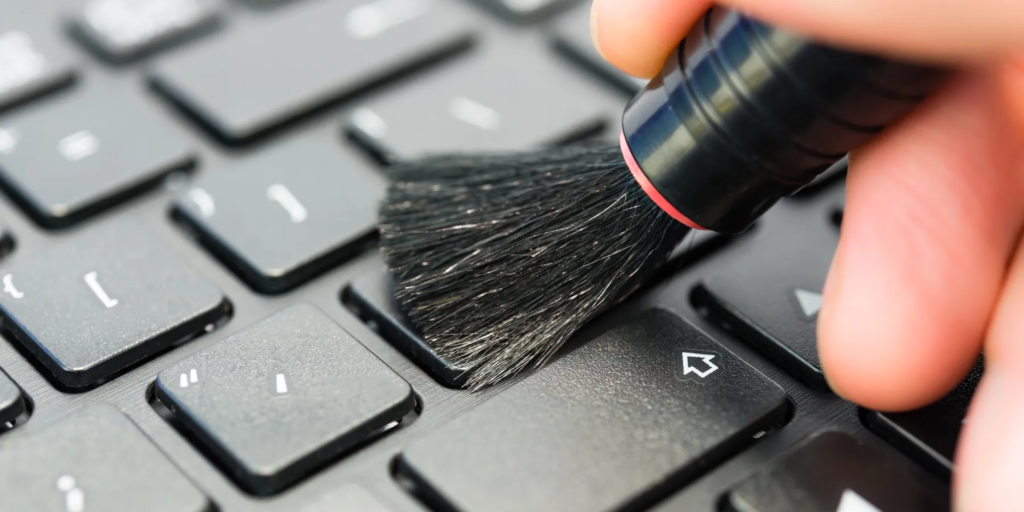
External devices connected to your laptop can also drain battery power. By managing these peripherals, such as USB drives and external hard drives, you can minimize their impact on your battery life. Disconnecting these devices when not in use ensures that your laptop only uses power for essential operations, helping to extend your battery life.
Disconnect external devices
Devices like USB drives and external hard drives can drain your battery even when not in use. By disconnecting them when they’re not needed, you can save power. This method addresses the issue of peripheral power consumption, helping to increase laptop battery life on Windows by ensuring efficient use of battery resources.
Method 8: Use efficient browsers and extensions
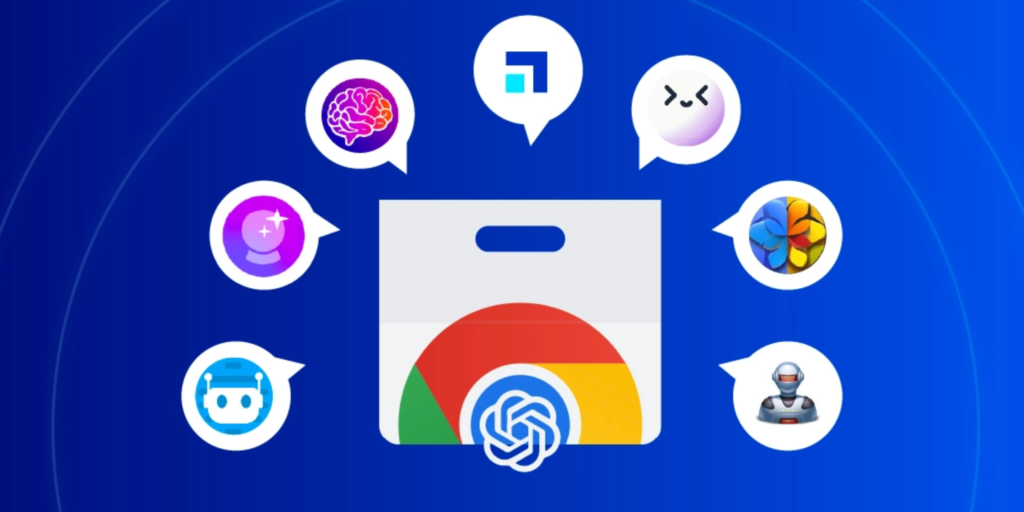
The choice of browser and the number of extensions and tabs open can significantly impact your laptop’s battery life. Using efficient browsers and limiting unnecessary extensions and tabs can help conserve battery power. This method ensures that your browsing activities are optimized for energy efficiency, extending your laptop’s battery life.
Choose battery-friendly browsers
Browsers like Microsoft Edge and Opera are known for their efficiency. Using these browsers can reduce your browsing activities’ power consumption, helping extend your battery life. This method leverages the energy-efficient design of certain browsers to conserve power.
Limit browser extensions and tabs
Using fewer tabs and extensions helps to save power. Each open tab and extension consumes resources, so keeping them to a minimum can significantly reduce battery drain. This method targets unnecessary power consumption from your browser, optimizing it for better battery performance.
1. Use fewer tabs and extensions to save power.
2. Consider using tools like OneTab to manage and reduce open tabs.
Also read: Best ChatGPT Chrome extensions.
Method 9: Advanced system tweaks
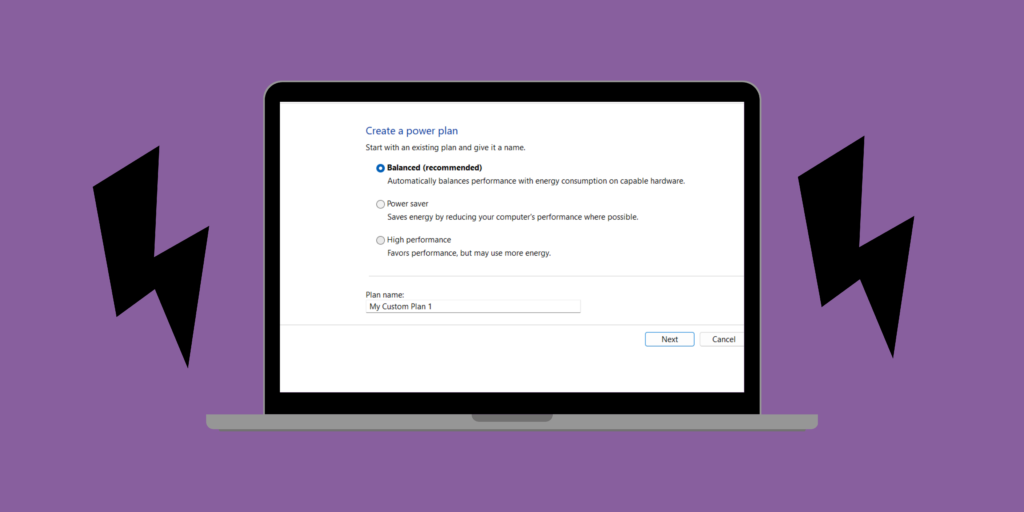
Advanced system tweaks can offer additional benefits for those looking to optimize their laptop’s battery life further. Adjusting graphics settings and throttling CPU performance can help to reduce power consumption and extend battery life. These tweaks address the more technical aspects of your system’s power usage, providing a deeper level of optimization for better battery performance.
Adjust graphics settings
Lowering your graphics settings can save battery life by reducing the power required for rendering graphics. This is particularly useful for laptops with dedicated graphics cards, as these can be significant power drains. Adjusting graphics settings to a more battery-friendly level can conserve energy and extend battery life.
1. Open Settings by pressing Windows + I.
2. Locate and select System and navigate to Display.
3. Click on Graphics settings and choose Battery saver.
Throttle CPU performance
Reducing CPU performance can extend battery life by lowering the power consumption of your processor. This involves setting a maximum processor state that limits the CPU’s performance, ensuring it uses less power. This method addresses the power consumption of your laptop’s CPU, providing a more energy-efficient operation.
1. Open the Control Panel by typing it into the search bar and selecting it.
2. Go to Hardware and Sound and select Power Options.
3. Click on Change plan settings next to your selected plan and choose Change advanced power settings.
4. Expand Processor power management and set the Maximum processor state to a lower percentage.
Also read: How to fix overheating on a Windows laptop.
Method 10: Regular maintenance
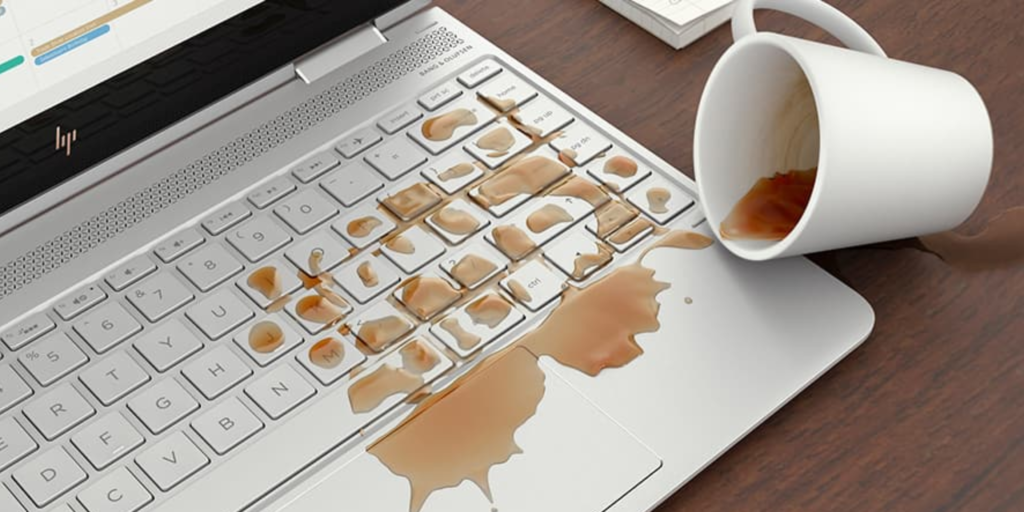
Regular maintenance of your laptop can also play a crucial role in extending battery life. Keeping your laptop’s vents and fans clean and calibrating the battery ensures optimal performance and efficiency. These maintenance activities address potential issues that could be draining your battery, helping to increase laptop battery life on Windows through better system upkeep.
Clean the laptop’s vents and fans
Dust and debris can make your laptop work harder and consume more power. Regularly cleaning your laptop’s vents and fans ensures that it runs efficiently and uses less power. This method addresses the physical aspect of power efficiency, ensuring that your laptop remains in optimal condition for better battery performance.
1. Use compressed air to blow out dust from vents and fans.
2. Regularly clean your laptop to ensure it’s running efficiently.
Calibrate the battery
Calibrating your battery can help improve its performance and lifespan. This process involves fully charging and discharging the battery to reset its power gauge, ensuring accurate readings and better performance. By calibrating your battery, you address potential inaccuracies in power measurement, helping to optimize battery usage and extend its life.
1. Fully charge your laptop and let it sit for a couple of hours.
2. Unplug it and use it until it shuts down due to a low battery.
3. Fully charge it again without interruption.
Run a marathon!
Mastering these tips and tricks can significantly increase laptop battery life on Windows, keeping you powered up and productive throughout your day. From tweaking power settings to managing background apps and performing regular maintenance, there are plenty of ways to extend your laptop’s battery life. Try these methods and enjoy a longer-lasting battery life on your Windows laptop.
FAQs
Q. Does reducing screen brightness really help in saving battery?
Yes, reducing screen brightness can significantly reduce power consumption and extend battery life.
Q. How often should I clean my laptop’s vents and fans?
It’s a good practice to clean your laptop’s vents and fans every few months to ensure optimal performance.
Q. Is using dark mode effective in saving battery on all laptops?
Dark mode can save battery, especially on OLED screens where black pixels are actually turned off, consuming less power.
Was this helpful?
Introducing Bhaskar, your tech-savvy neighbor turned wordsmith extraordinaire. Over the past few years, Bhaskar has become the trusted authority for unraveling the mysteries of iOS, Android, macOS, and Windows. Armed with a B.Tech degree, he has dedicated himself to making technology easy to understand for everyone. His expertise shines through his contributions to well-known publications like Guiding Tech, iGeeksBlog, GeekFrost, and MakeUseOf (MUO). Bhaskar excels in creating straightforward how-to guides and comprehensive articles that make the complex tech landscape accessible to all. When he's not diving into the tech world, you'll find him enjoying music or indulging in sports.
